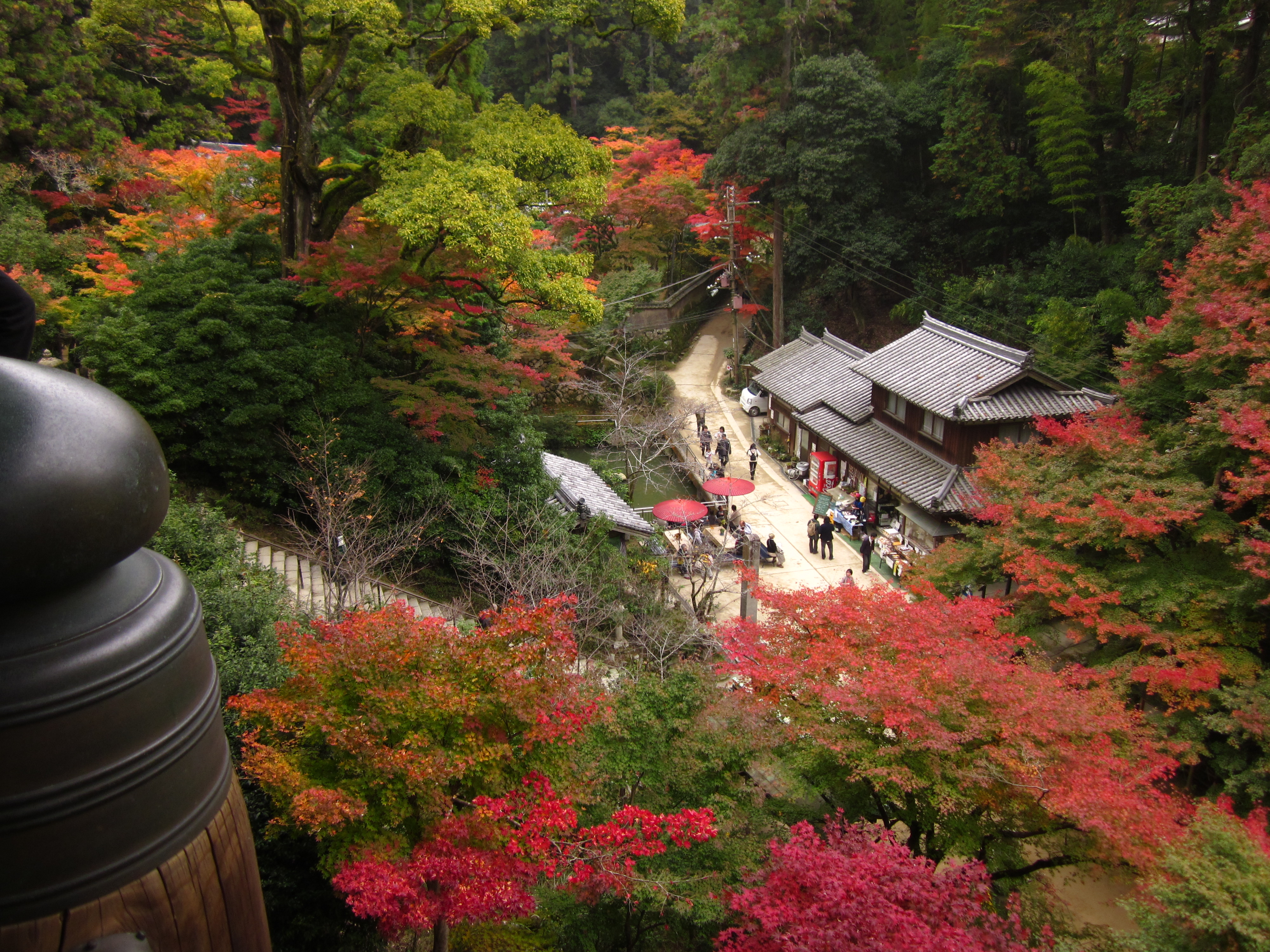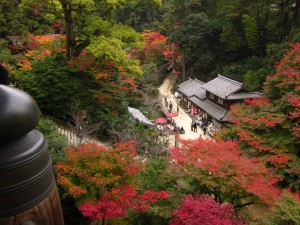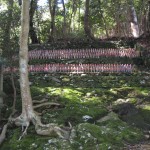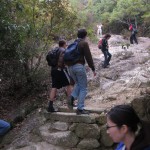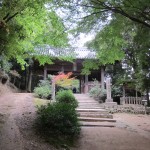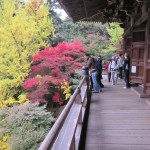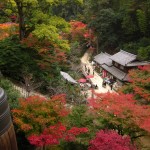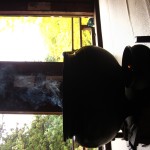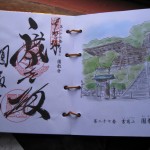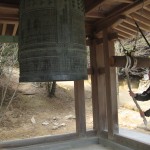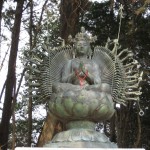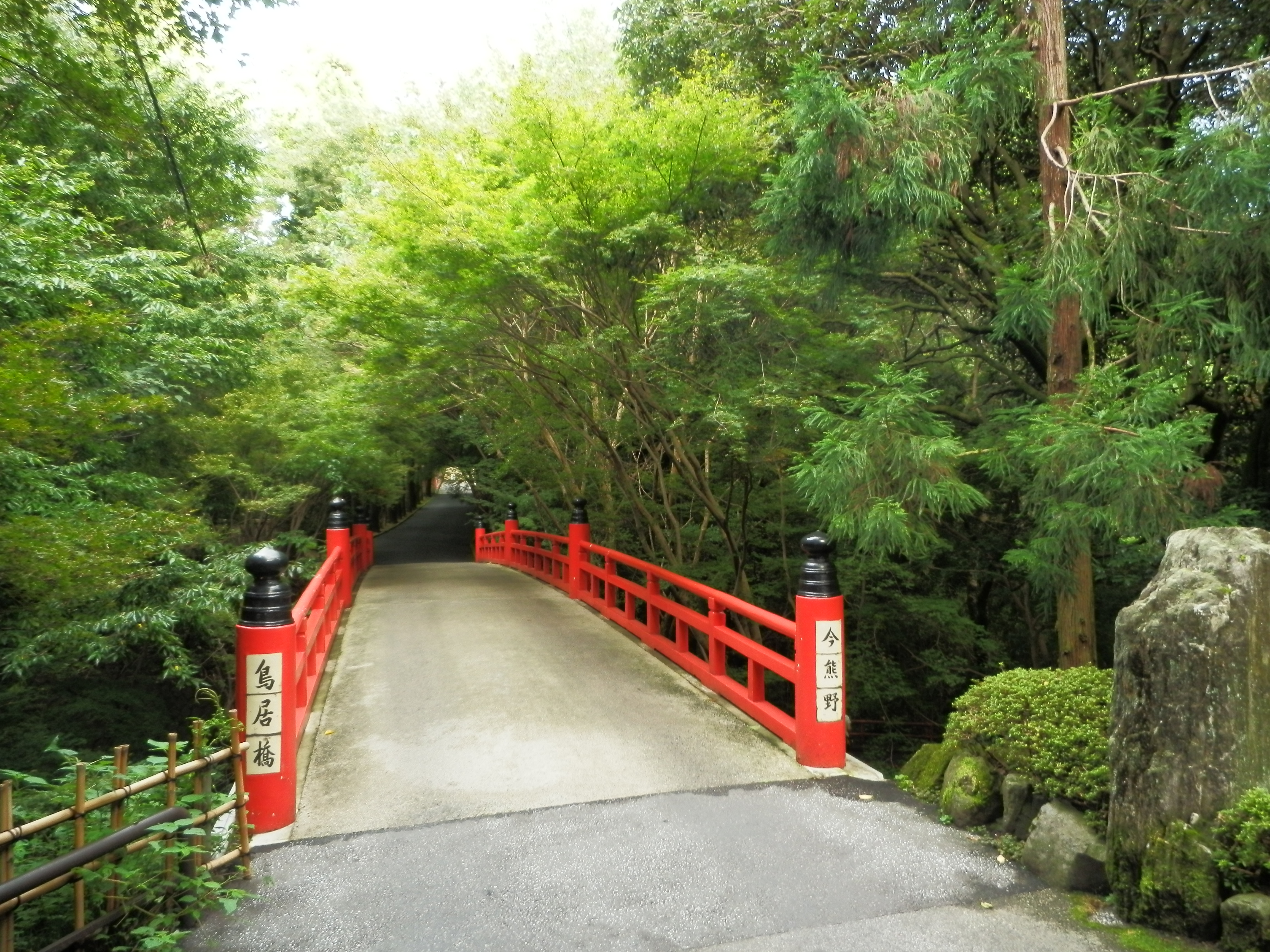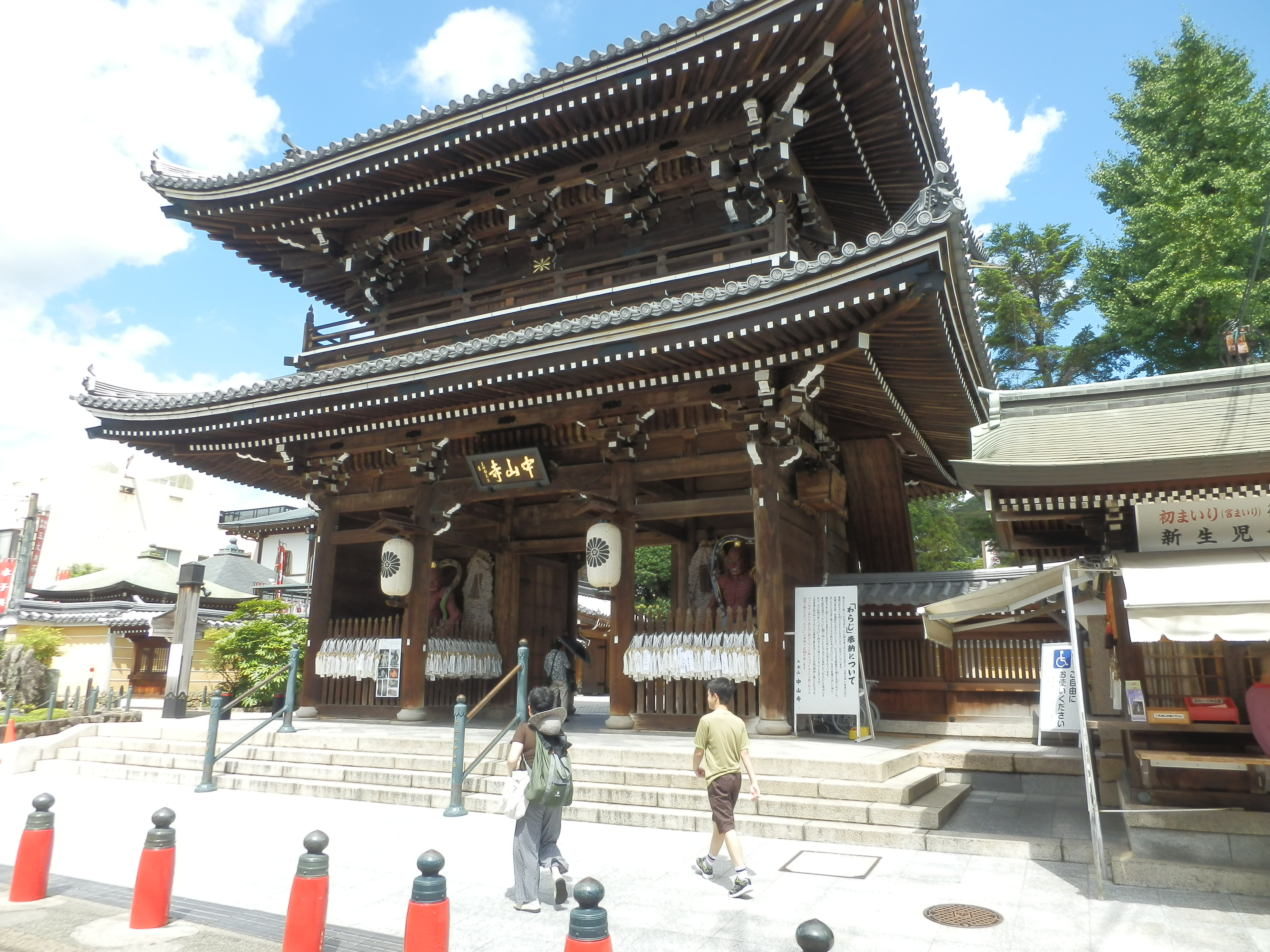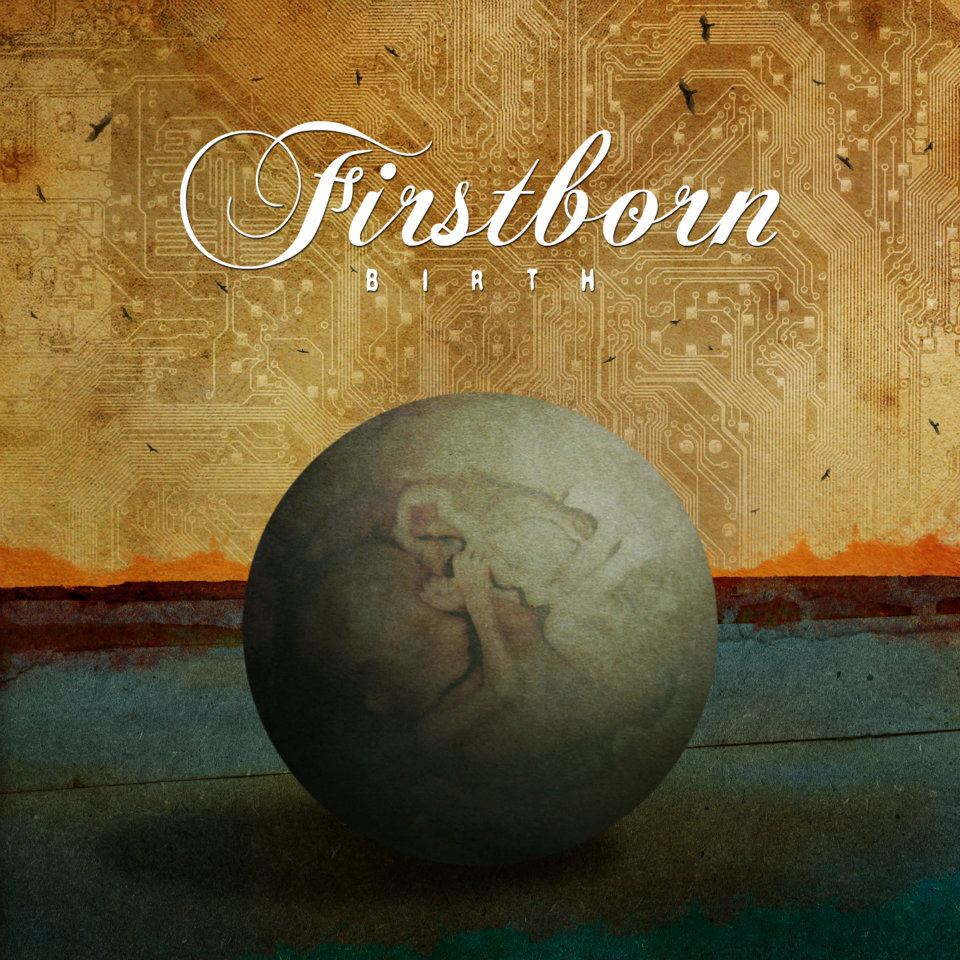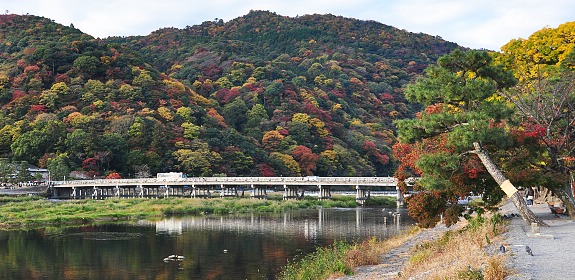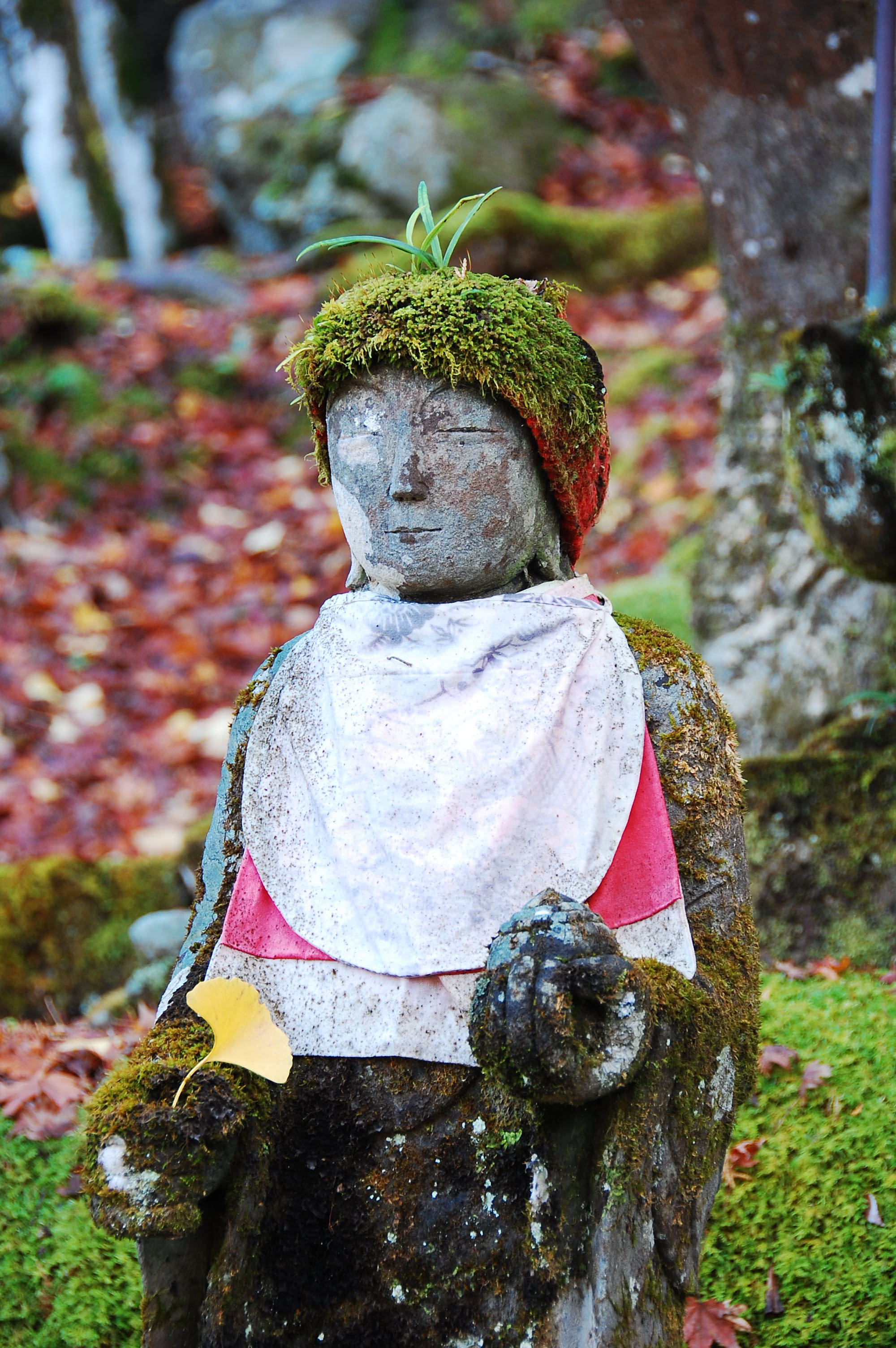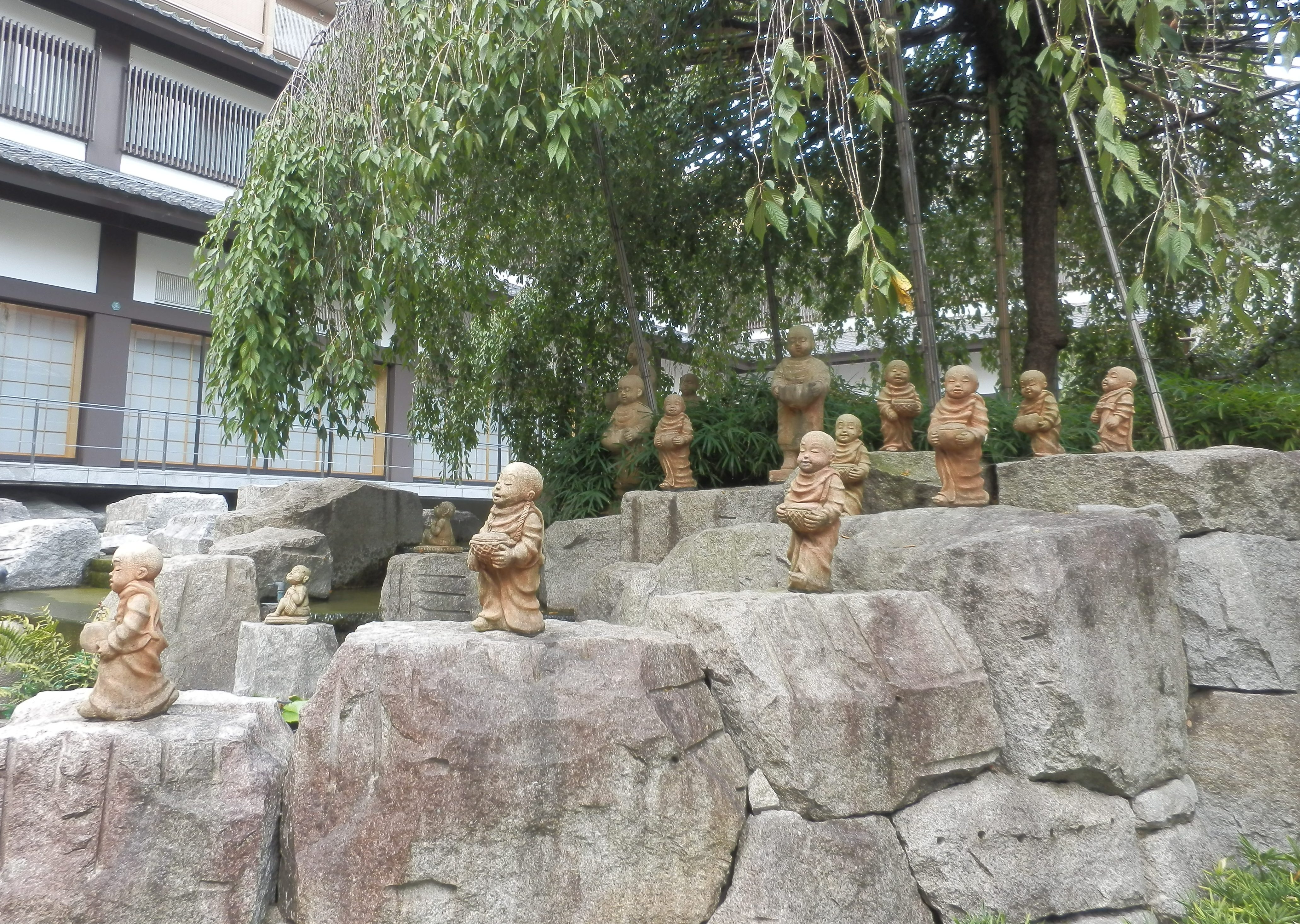Saigoku Kannon Pilgrimage: Engyo-ji on Mt. Shosha
Mt. Shosha, or Shoshazan is home to the temple known as Engyo-ji, recently famous for being the on-location film site of the 2003 film The Last Samurai. It is also number 27 of the Saigoku 33 Kannon Temple Pilgrimage, and is the farthest west of those 33. Established in 966, it is one of the youngest of the temples on the pilgrimage. The architectural style of the main hall is reminiscent of that of Kyoto’s Kiyomizu-dera, and like that one, is designed without nails.
Mt. Shosha is sometimes called the Hiei of the west, after the location where many priests went for training. Shoku, the founder of Engyo-ji, received special spiritual enlightenment from Monju, the god of wisdom and intellect who told him that anyone who climbed Mt. Shosha would be purified in body and spirit.
You can still climb to the top today, although most people skip the purification and ride the ropeway. The start of the path up the mountain is not easy to find, so if you want to climb, go with someone who knows the way, or else ask as the ropeway counter and they can give you a map. Be prepared for a challenging climb that sometimes feels more like taking a large set of stairs.
November is a particularly excellent time to visit Engyo-ji given its abundance of maple trees. They will have their annual Momiji Matsuri on the weekend of November 23rd – 25th, during which time some of the buildings that are normally closed have been opened in the past.
The Kannon image enshrined at Engyo-ji is Nyoirin Kannon, a six-armed representation also called the ‘wish granting’ Kannon, or sometimes ‘omnipotent Kannon’. The six arms are associated with the six realms (those of humans, hungry ghosts, hell, animals, demons, and heavenly beings), and the Kannon statue, along with its four heavenly guardian statues, is made visible on the 18th of January only.
While exploring the temple grounds, a few things to note:
Just beyond the front entrance (where you pay the fee), the path splits right next to the temple bell. You can ring this bell with a donation of any amount. The right path goes up a hill, along which are placed 33 statues, each a copy of its respective pilgrimage temple’s dedicated Kannon image. At the end of this mini-pilgrimage is the Niomon or the main gate. From here you will eventually make your way to the maniden, the hillside main hall. This is where you can get your pilgrim book stamped and sealed, and it also boasts a beautiful view of fall color.
Another five minute walk will bring you to the three temple halls known as mitsunodo: the main hall (Daikodo), lodging and dining hall (Jikido), and gymnasium (Jogyodo). The Jikido currently houses the temple treasures which you may view.
Give yourself plenty of time to explore the grounds; I made the mistake of going too late in the day at least twice before wising up. There is English information available at the front and also on signs throughout the area.
